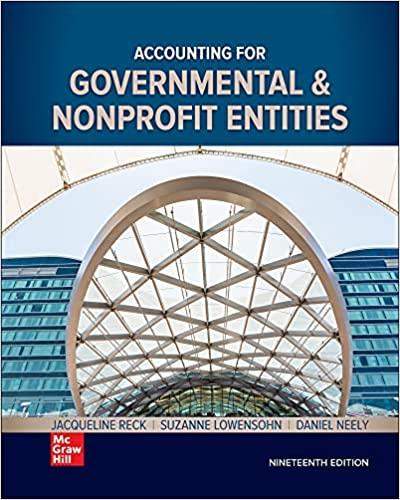Answered step by step
Verified Expert Solution
Question
1 Approved Answer
Dr. Smile is a 40-year old dentist in Smallville, TX. He graduated from dental school five years ago and had developed a thriving practice. However,
Dr. Smile is a 40-year old dentist in Smallville, TX. He graduated from dental school five years ago and had developed a thriving practice. However, at the end of 2014, Dr. Smile had an ugly billing disagreement with a patient. The patient, a well-known wealthy entrepreneur, in retribution, maliciously spread a rumor that Dr. Smile was a carrier of a serious infectious disease. This rumor destroyed Dr. Smiles patient base, as most of his patients quickly switched dentists. As a result of the stress of losing his business, the cruel gossip that resulted from the rumor, and the financial strain caused by this situation, Dr. Smile began to suffer from severe migraine headaches, loss of appetite, and significant facial twitches. Dr. Smile sued the patient for defamation and intentional infliction of emotional distress. He won a jury verdict and has since recovered $3,600,000 in damages from the patient. The damages are as follows: $1,000,000 lost wages. This was calculated on the basis that, in addition to the one year of wages lost since the date of the defamation, he has lost the ability to earn future wages in Smallville. $50,000 reimbursement for medical expenses incurred in seeing a neurologist, internist, and psychologist. $20,000 for future medical expenses anticipated. $30,000 reimbursement for attorneys fees paid. $2,000,000 in punitive damages. The jury determined that the action of the patient was so malicious and heinous that he should be monetarily punished for his actions. $300,000 for pain and suffering. $200,000 to compensate Dr. Smile for the emotional distress he suffered. Dr. Smile was under the impression that the entire amount of $3,600,000 was not taxable, and he has hired you to determine if this is true, or whether some portion of the $3,600,000 is taxable. Instructions 1. Find relevant authorities include code, regulations, judicial cases, and revenue rulings. Consider the application of the following cases: Banks v. Commissioner Supreme Court 2005 Guill v. Commissioner United States Tax Court 1999 Schleier v. Commissioner Supreme Court 1995 Threlkeld v. Commissioner U. S. Court of Appeals 1988 (Any cases that you use, should be cited properly and briefly summarized in the Relevant Authority section) 2. Prepare a client file research memo in good form: Facts Issues Relevant Authority: (Briefly summarized) o Statutory Authority o Treasury Regulations o Case Law o Treasury Publications Analysis of Issues (Where you apply the relevant authority to your facts) Conclusions (Address each issue) 3. Prepare a Client Letter (I will post an example for you.) Do not use technical jargon in this letter
Step by Step Solution
There are 3 Steps involved in it
Step: 1

Get Instant Access to Expert-Tailored Solutions
See step-by-step solutions with expert insights and AI powered tools for academic success
Step: 2

Step: 3

Ace Your Homework with AI
Get the answers you need in no time with our AI-driven, step-by-step assistance
Get Started


